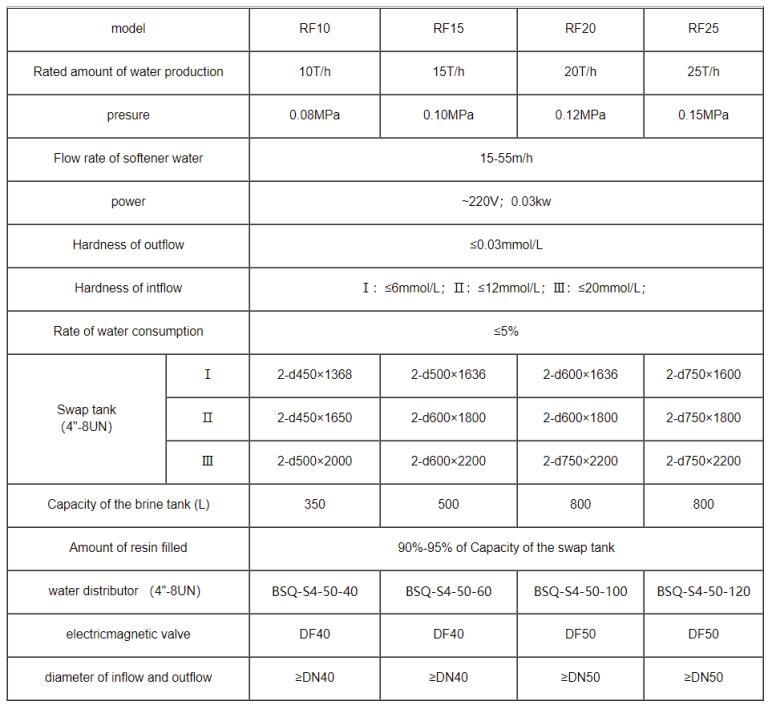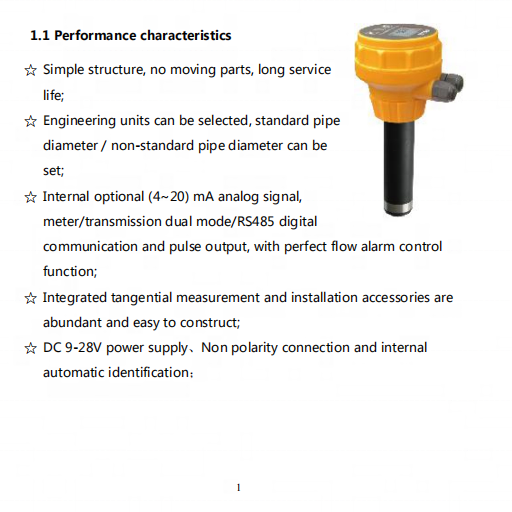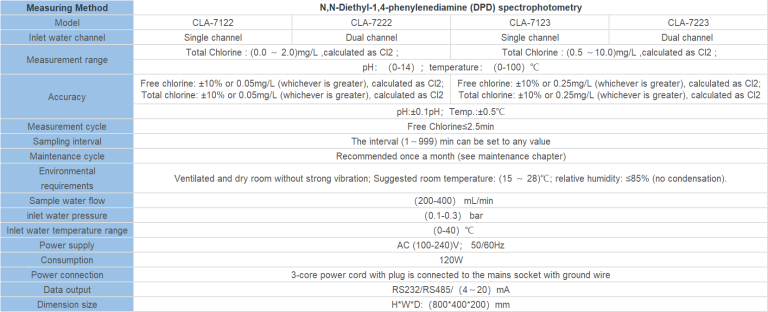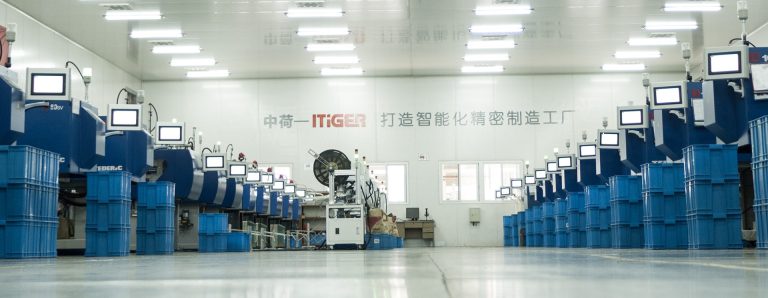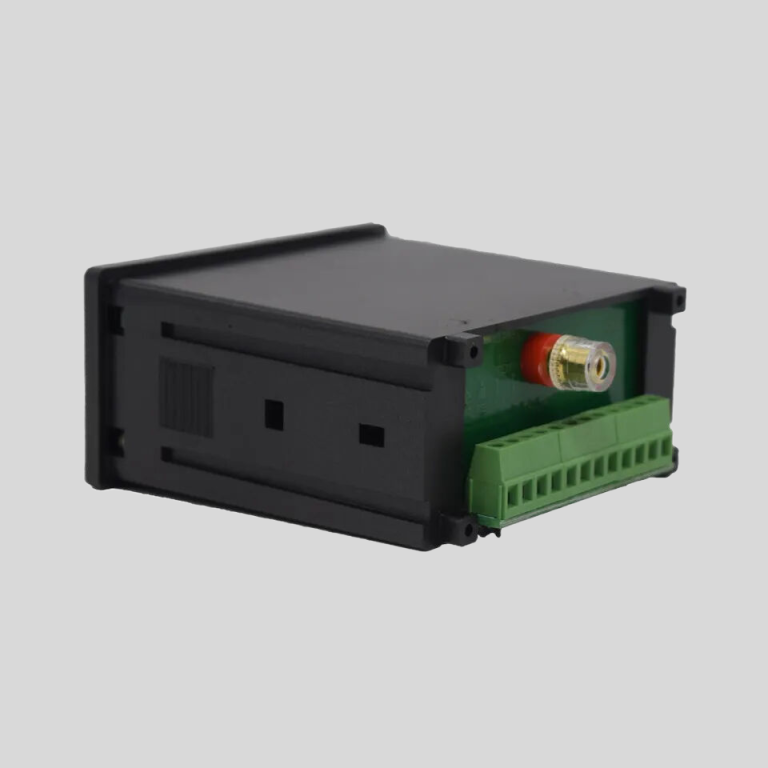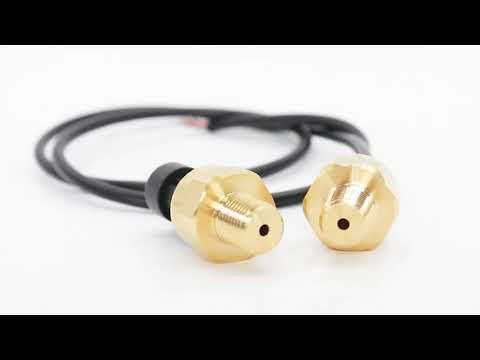The Importance of Using a TDS Meter to Measure Bacteria Levels
A Total Dissolved Solids (TDS) meter is a device used to measure the concentration of dissolved solids in water. It is commonly used in various industries, such as agriculture, food and beverage production, and water treatment. One question that often arises is whether a TDS Meter can measure bacteria levels in water.
To answer this question, it is important to understand what TDS actually measures. TDS refers to the total amount of inorganic and organic substances dissolved in water. This includes minerals, salts, metals, and other compounds. Bacteria, on the other hand, are living organisms that can be present in water. While bacteria are not considered dissolved solids, they can contribute to the overall quality of water.
In general, a TDS Meter is not designed to specifically measure bacteria levels in water. Instead, it provides a measurement of the overall concentration of dissolved solids. However, it is worth noting that certain types of bacteria can contribute to the TDS reading. For example, bacteria can produce organic compounds that may be detected by a TDS Meter.
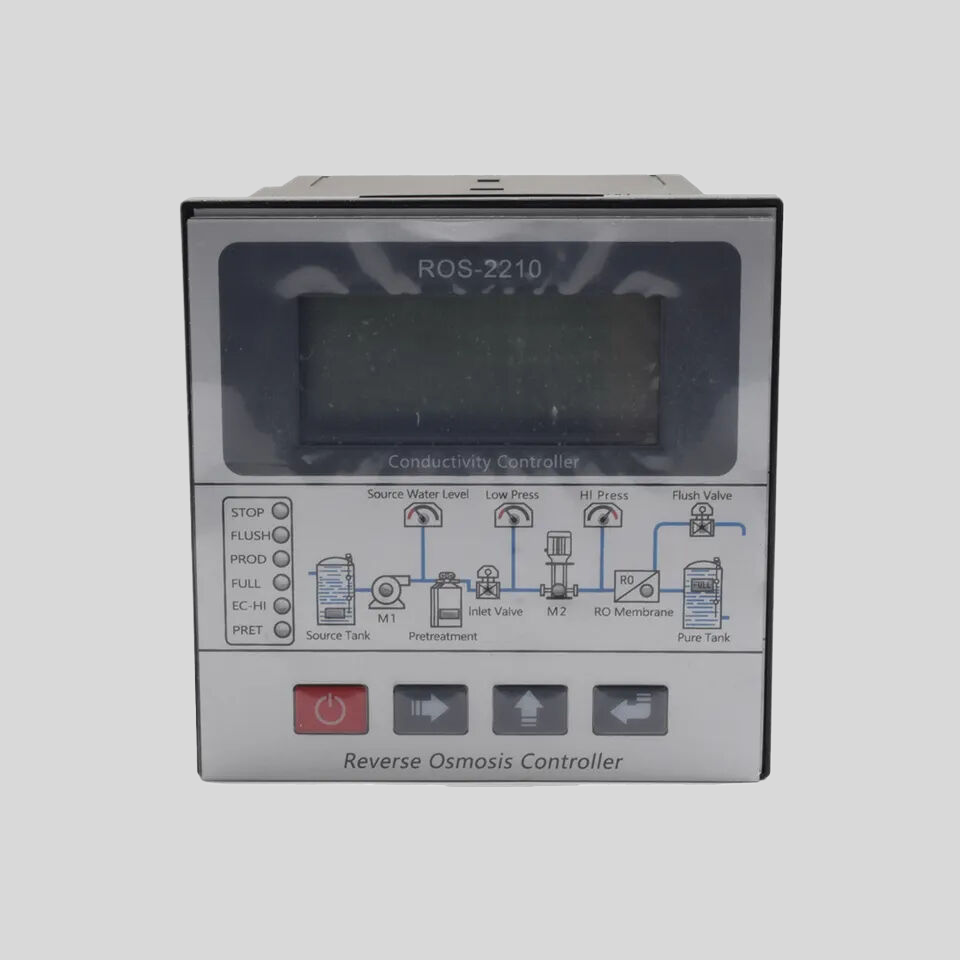

When it comes to assessing water quality and safety, measuring bacteria levels is crucial. High levels of bacteria in water can indicate contamination and pose a health risk to humans and animals. In these cases, specialized tests, such as microbial analysis, are typically used to detect and quantify bacteria in water.
| Measurement range | N,N-Diethyl-1,4-phenylenediamine (DPD) spectrophotometry | |||
| Model | CLA-7112 | CLA-7212 | CLA-7113 | CLA-7213 |
| Inlet channel | Single channel | Double channel | Single channel | Double channel |
| Measurement range | Free chlorine:(0.0-2.0)mg/L ,Calculated as Cl2; | Free chlorine:(0.5-10.0)mg/L ,Calculated as Cl2; | ||
| pH:(0-14);Temperature:(0-100)℃ | ||||
| Accuracy | Free chlorine:±10% or ±0.05mg/L(take the large value),Calculated as Cl2; | Free chlorine:±10% or±0.25mg/L(take the large value),Calculated as Cl2; | ||
| pH:±0.1pH;Temperature:±0.5℃ | ||||
| Measurement Period | ≤2.5min | |||
| Sampling interval | The interval (1~999) min can be set arbitrarily | |||
| Maintenance cycle | Recommended once a month (see maintenance chapter) | |||
| Environmental requirements | A ventilated and dry room without strong vibration;Recommended room temperature:(15~28)℃;Relative humidity:≤85%(No condensation) | |||
| Water sample flow | (200-400) mL/min | |||
| Inlet pressure | (0.1-0.3) bar | |||
| Inlet water temperature range | (0-40)℃ | |||
| Power supply | AC (100-240)V; 50/60Hz | |||
| Power | 120W | |||
| Power connection | The 3-core power cord with plug is connected to the mains socket with ground wire | |||
| Data output | RS232/RS485/(4~20)mA | |||
| Size | H*W*D:(800*400*200)mm | |||
While a TDS Meter may not directly measure bacteria levels, it can still be a useful tool in monitoring water quality. Changes in TDS levels over time can indicate potential issues with water sources, such as pollution or mineral leaching. By regularly measuring TDS, water quality professionals can identify trends and take appropriate actions to maintain safe and clean water supplies.
In addition to monitoring TDS levels, it is important to use complementary methods to assess bacteria levels in water. This may include conducting microbiological tests, such as coliform or E. coli testing, to specifically detect harmful bacteria. These tests are more sensitive and accurate in detecting bacteria compared to a TDS Meter.
| ROS-360 Water Treatment RO Programmer Controller | ||
| Model | ROS-360 Single Stage | ROS-360 Double Stage |
| Measuring range | Source water0~2000uS/cm | Source water0~2000uS/cm |
| First level effluent 0~1000uS/cm | First level effluent 0~1000uS/cm | |
| secondary effluent 0~100uS/cm | secondary effluent 0~100uS/cm | |
| Pressure sensor(optional) | Membrane pre/post pressure | Primary/ secondary membrane front/rear pressure |
| Flow Sensor(optional) | 2 channels (Inlet/outlet flow rate) | 3 channels (source water, primary flow,secondary flow) |
| IO input | 1.Raw water low pressure | 1.Raw water low pressure |
| 2.Primary booster pump inlet low pressure | 2.Primary booster pump inlet low pressure | |
| 3.Primary booster pump outlet high pressure | 3.Primary booster pump outlet high pressure | |
| 4.High liquid level of Level 1 tank | 4.High liquid level of Level 1 tank | |
| 5.Low liquid level of Level 1 tank | 5.Low liquid level of Level 1 tank | |
| 6.Preprocessing signal | 6.2nd booster pump outlet high pressure | |
| 7.High liquid level of Level 2 tank | ||
| 8.Preprocessing signal | ||
| Relay output (passive) | 1.Water inlet valve | 1.Water inlet valve |
| 2.Source water pump | 2.Source water pump | |
| 3.Booster pump | 3.Primary booster pump | |
| 4.Flush valve | 4.Primary flush valve | |
| 5.Water over standard discharge valve | 5.Primary water over standard discharge valve | |
| 6.Alarm output node | 6.Secondary booster pump | |
| 7.Manual standby pump | 7.Secondary flush valve | |
| 8.Secondary water over standard discharge valve | ||
| 9.Alarm output node | ||
| 10.Manual standby pump | ||
| The main function | 1.Correction of electrode constant | 1.Correction of electrode constant |
| 2.TDS alarm setting | 2.TDS alarm setting | |
| 3.All working mode time can be set | 3.All working mode time can be set | |
| 4.High and low pressure flushing mode setting | 4.High and low pressure flushing mode setting | |
| 5.Manual/automatic can be chosen when boot up | 5.Manual/automatic can be chosen when boot up | |
| 6.Manual debugging mode | 6.Manual debugging mode | |
| 7.Spare parts time management | 7.Spare parts time management | |
| Expansion interface | 1.Reserved relay output | 1.Reserved relay output |
| 2.RS485 communication | 2.RS485 communication | |
| Power supply | DC24V±10% | DC24V±10% |
| Relative humidity | ≦85% | ≤85% |
| Environment temperature | 0~50℃ | 0~50℃ |
| Touch screen size | Touch screen size: 7 inches 203*149*48mm (Hx Wx D) | Touch screen size: 7 inches 203*149*48mm (Hx Wx D) |
| Hole Size | 190x136mm(HxW) | 190x136mm(HxW) |
| Installation | Embedded | Embedded |
In conclusion, while a TDS Meter is a useful tool for measuring dissolved solids in water, it is not designed to measure bacteria levels. To accurately assess bacteria contamination in water, specialized tests are required. By using a combination of TDS meters and microbiological tests, water quality professionals can effectively monitor and maintain safe water supplies for various applications.

